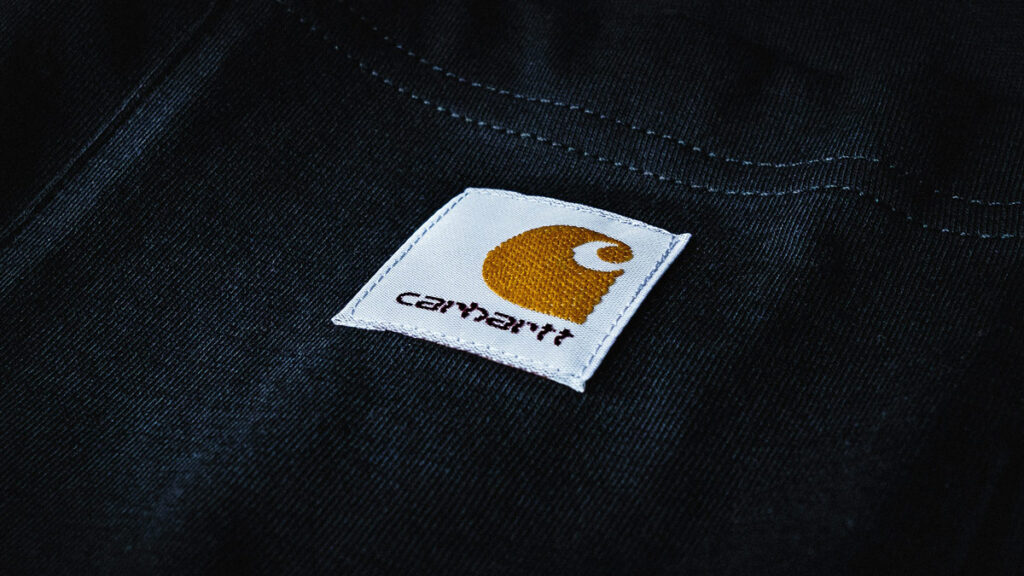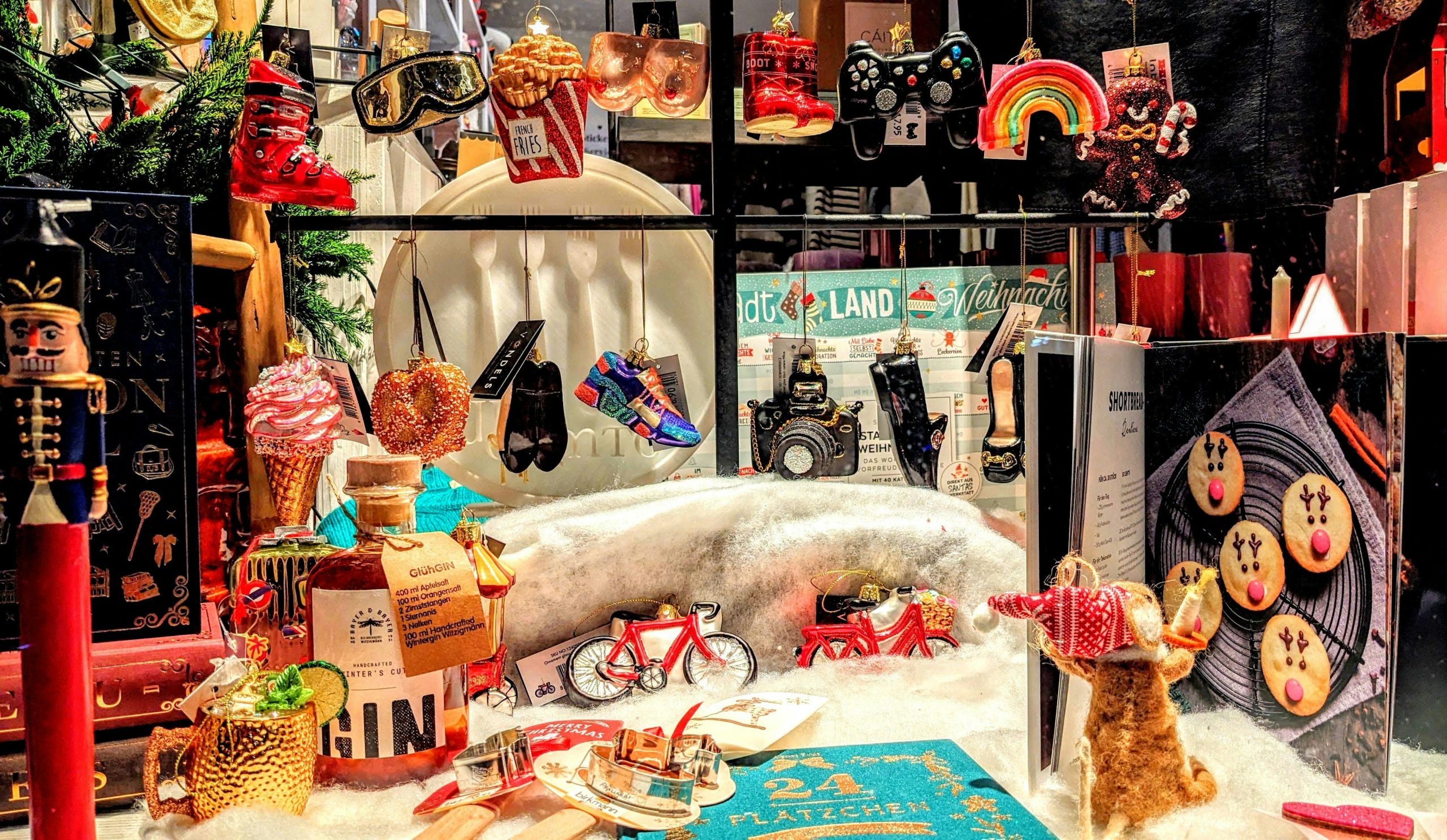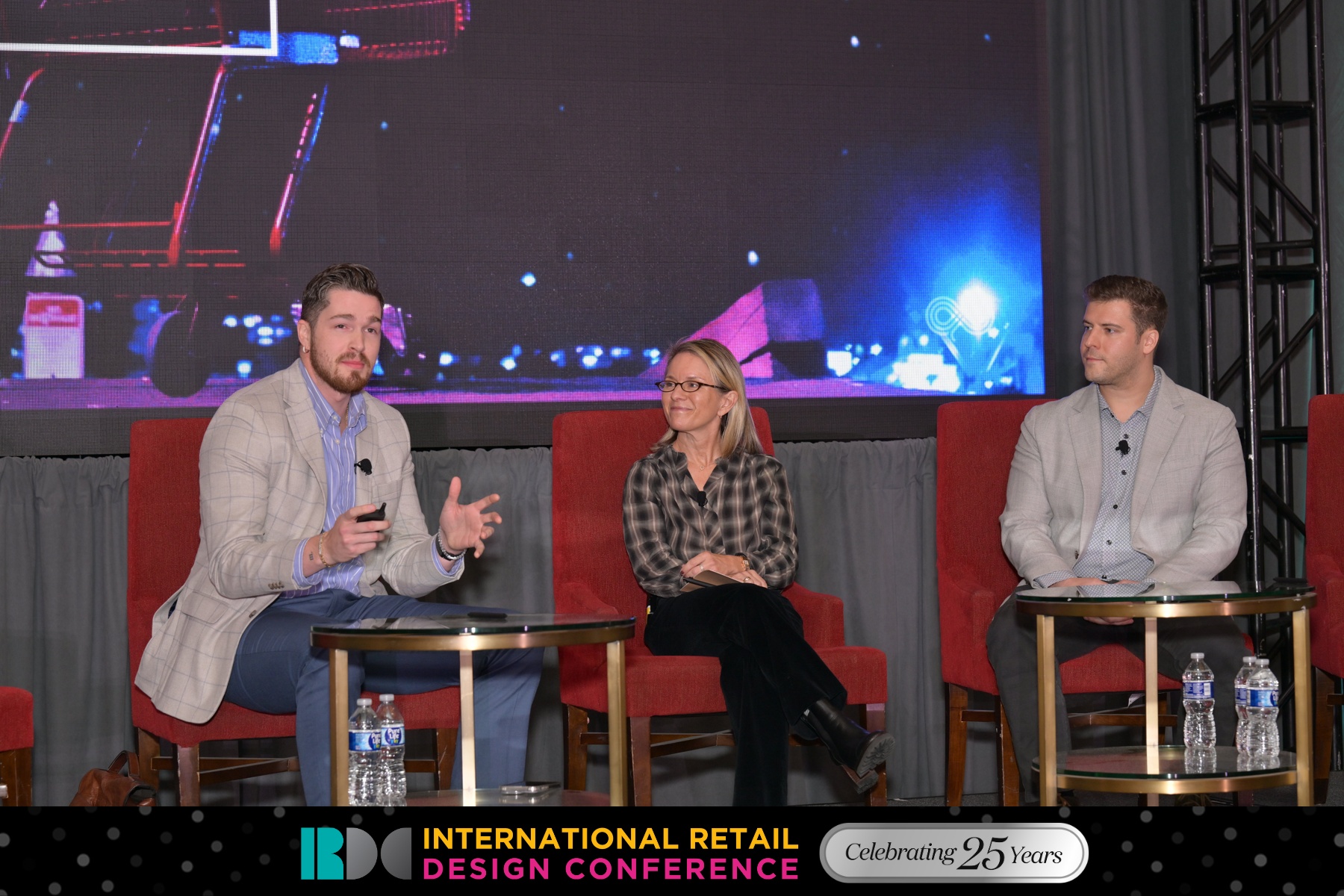We do it with cars, appliances, and even furniture. Imagine the costs and environmental impact if we didn’t—if every time something aged or broke, we replaced it. Yet this mindset of long-term product care, repair and reuse, is not the norm for every type of product—certainly not for modern apparel and fashion. Aside from select leather goods, maybe vintage Levi’s, or your Dad’s Carhart jacket, “repair and rewear” is an often-overlooked option.
But a handful of brands are helping the retail industry, and its customers, shift from a linear model of production, purchase, and disposal to a more circular view, driven by mending, reselling, or recycling. This change is crucial given that consumers are purchasing clothing at an unprecedented rate—53 new pieces annually per American—and nearly 87% of materials end up in landfills or incinerated.
Consumers Want Something That Lasts
More than 25% of consumers say they have made an effort to buy more sustainable products. When broken down by generations, younger shoppers are more willing to pay for it, with 60% of Gen Z and Millennial shoppers admitting they would even pay a premium for environmentally friendly goods. Those generations aren’t alone. Nearly 90% of Gen X consumers said in a survey they’d be willing to spend an extra 10% to buy a more sustainable product. That’s up from 34% two years ago.
But let’s be clear, though long-term product care leads to much less waste, this is not a purely altruistic movement. Many consumers simply want an article of clothing that lasts longer than the season, and the sustainability benefits are a welcome byproduct.

Several iconic brands have answered that call. Levi’s, Carhartt, Dr. Martens, Patagonia, and others have all built their reputations around this identity. Levi’s campaign, “Love what you wear. Live with it longer.” encourages consumers to make more conscious clothing choices. By emphasizing craftsmanship, Levi’s products appeal to those who value products built to last, reinforcing the idea that durability is not just practical, but a source of pride.
Harvard Business Review found that an average Patagonia product lasts as long as three comparable items from other brands. Although Patagonia products can cost nearly one-third more than equivalent products from other brands, in the long run, a consumer should save money.
There’s a reason brands like Carhartt are worn in families for generations. Built to last using heavy duty thread with reinforced stress points and materials resistant to water, flames, and abrasions, Carhartt has been worn for decades on construction sites, farms, and ranches—settings now glamorized by TV shows like Yellowstone, fueling a new generation’s admiration. With that kind of brand awareness, younger generations have turned Carhartt jackets into a staple of streetwear that blends rugged utility with urban style. The slogan, “Honest value for an honest dollar” still rings true, but so does authenticity.
As Laura Leeb, author of the 2019 report Streetwear: The New Exclusivity, says: “Brands that have a long history, such as Carhartt, and others like Dickies, Patagonia, and Converse, that stay true to their original blue-collar customer base and functional needs in clothing, possess a strong sense of authenticity.”
That authenticity goes a long way in promoting the lasting value of clothing products. And the strategic implications are significant for brands that listen to their client base and invest in high-quality products that last, even with multiple owners.
Brands Leading the Charge
Brands that prioritize long-term product care are shifting consumer mindsets and encouraging people to buy less while highlighting the enduring value of well-made goods. This approach is redefining the marketplace, with several companies leading the way through repair and rewear initiatives and circular fashion.
The circular economy is projected to be a $4.5 trillion opportunity by 2030. Companies like Patagonia repair and recycle clothes, as well as offer incentives for customers who return items to the store that the business can then sell again. Each used jacket sold on the company’s Worn Wear site can net Patagonia as much as $100. Patagonia offers an “Ironclad Guarantee” that if a product doesn’t perform to customers’ satisfaction, they can return it for a repair, replacement, or refund. Each year, the company repairs approximately 17,000 products.
Customers of The North Face and Lululemon can bring old gear or clothing to a retail store and receive $10 off their next purchase. The retailers then refurbish those items, giving them new life before being resold.
Nudie Jeans is at the forefront of sustainable fashion with its in-store repair shops, offering free fixes to extend the life of its denim. The company also runs a trade-in and shoppable second-hand program, allowing customers to exchange worn jeans for credit and purchase pre-loved items, reinforcing longevity, durability and a circular fashion economy.
Timbuk2, a San Francisco-based company known for its customizable messenger bags and backpacks, will repair products under nearly any circumstance (with the exception that a bag is dropped into a volcano, according to the website). If a bag is beyond repair and cannot remain in its current state, the company will donate it to organizations that will make it functionable again by giving it new life. Anything beyond total repair is turned into upcycled materials or recycling feedstock.
O My Bag combines style and durability by creating bags designed to last a lifetime. If an O My Bag needs a repair, the retailer will reimburse customers when they get the bag fixed by a local artisan or customers can send the item back to the O My Bag headquarters.
MUD Jeans offers a repair service, but also provides the unique opportunity to rent jeans for up to a year. Customers can lease a pair of jeans for a monthly fee, and after the year is up, they can return them, swap them for a new pair or keep them.
E.L.V. Denim understands that fit can change over time, which is why they help customers transition from old pants to new favorites by offering free repairs and minor alterations. From waist adjustments to hemming and mending small tears, they ensure that each piece continues to fit perfectly and last longer, reinforcing their commitment to repair (or alter) and repair.
Making Room for Repair
Repair and rewear initiatives offer a powerful opportunity to raise awareness and educate consumers, bridging the gap between the demand for sustainable clothing and the practical solutions available to consumers in today’s market. However, it is still a challenge, considering how many consumers rely on fast fashion today. According to The State of Fashion 2024 report, 40% of U.S. consumers and 26% of UK consumers have shopped at Shein or Temu over the past year.
This challenge hasn’t stopped some retailers from dedicating space in their retail locations as a differentiator for discerning shoppers.
Luxury fashion house Loewe embraced a new store format by dedicating part of its floorplan to the maintenance and repair of leather goods. From re-stitching to handle replacement, repairs are performed by a leather artisan onsite. The store also offers a series of leather bags made only from excess leather. By devoting physical space to present customers with other ways to shop, Loewe raises awareness about the benefits of holding on to items longer and giving them a fresh new life.
Footwear company Veja has incorporated recycled plastic bottles or recycled polyester into the design of its shoes. The retailer also works to educate customers that many shoes can be easily repaired. At its new store concept, Veja created a workshop where two shoemakers repair any brand of shoes brought to them.
More Choice, Less Waste
By embracing repair and rewear practices, both consumers and brands can play a pivotal role in fostering a more sustainable future. As the movement gains momentum, shifting the mindset toward valuing and maintaining possessions — whether through repairs, upcycling, or mindful purchasing — can significantly reduce waste and environmental impact.
While there is still much work to be done, the increasing adoption of these practices and the growing support from retailers, consumers, and legislation show a promising path toward a more sustainable and responsible fashion industry.





